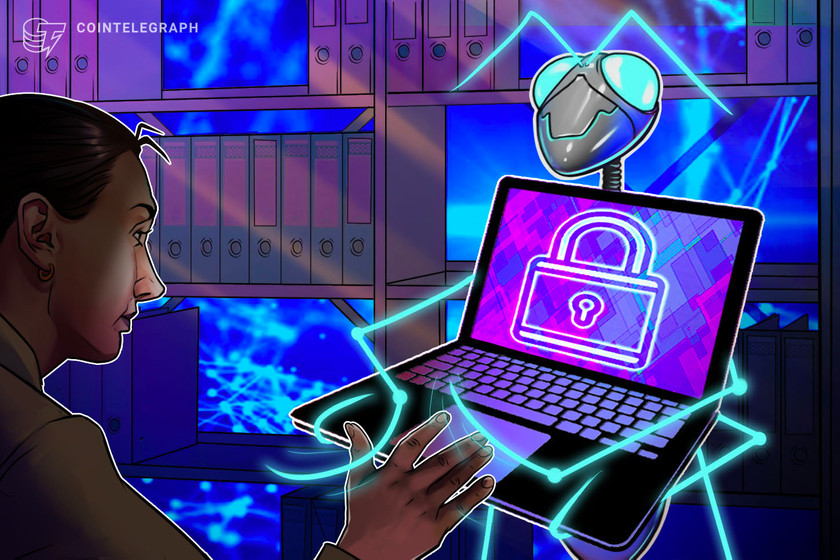For greater good: NY judge allows Celsius to mine, sell Bitcoin


Chief bankruptcy judge Martin Glenn, Southern District of New York, approved Celsius’ request for running BTC mining and selling operations as a means to reinstate financial stability.
Not even 24 hours after revealing a three-month cash flow forecast that threatens total exhaustion of funds, a New York judge allowed crypto lender Celsius Network to mine and sell Bitcoin (BTC) during its bankruptcy.
Since July 2022, Celsius Networks stands at the crosshair of United States officials after reports of bankruptcy surfaced, which risks losing the live savings of numerous crypto investors.
Last week many got very upset with me as I said @CelsiusNetwork would run out of money & solutions needed to be acted upon faster. I was told I don’t understand Chapter 11. They have now confirmed they run out of money by October. https://t.co/CyzjgKpId7 pic.twitter.com/vBIRIGEmG2
— Simon Dixon (Beware Impersonators) (@SimonDixonTwitt) August 15, 2022
During the second day of the case hearing, chief bankruptcy judge Martin Glenn, Southern District of New York, approved Celsuis’ request for running BTC mining and selling operations as a means to reinstate financial stability.
However, Glenn raised concerns related to the immediate profitability of BTC mining as he rightly pointed out the high upfront investments needed for setting up mining infrastructure.
Today, alongside the Unsecured Creditors Committee (UCC), made up primarily of customers, the U.S. Trustee, and a number of other key parties, we participated in the Second Day Hearing where we continued the dialogue around Celsius’ efforts to maximize value for our community.
— Celsius (@CelsiusNetwork) August 17, 2022
The recent approval, however, is only limited to mining and selling the mined BTC. The court barred Celsius from selling equity or debt investments in other crypto companies and required the crypto lender to disclose information about the assets beforehand.


The decision to allow a defaulting crypto company to begin crypto mining operations stems from the concerns raised by investors about the unfair outcomes filed by over 250 customers — as shown above.
Despite fears of running out of money by October, the company’s attorney reaffirmed that investing in mining will generate profits for Celsius. The U.S. Department of Justice and the Texas State Securities Board, who previously opposed Celsius’ intent to delve into BTC mining, also withdrew their objection after Celsius clarified that it would only sell the mined Bitcoin for cash.
Celsius also revealed during the hearing that BTC prices have grown by 25% since the company had filed the petition. The final hearing will take place on Sept. 1, which will see the finalization of the plan prior to Celsius’ exit and distribution of funds.
Related: German crypto bank Nuri with 500K users files for insolvency
Singapore-based crypto lending platform Hodlnaut suspended withdrawals and deposits on Aug. 8, citing poor market conditions and lack of liquidity.
Dear users, we regret to inform you that we will be halting withdrawals, token swaps and deposits immediately due to recent market conditions. We have also withdrawn our MAS licence application. Here is our full statement https://t.co/5KfHUBzWsn Our next update will be on 19 Aug.
— Hodlnaut (@hodlnautdotcom) August 8, 2022
Soon after revealing the suspension of services, including token swaps, Hodlnaut announced to have been working on recovery plans, adding:
“We are consulting with Damodara Ong LLC on the feasibility and timelines of our intended execution plan and are strategizing our recovery plan with our users’ best interests in mind.”
Following the service shut down, Hodlnaut suspended all of its social media accounts except for Twitter and Telegram.

















